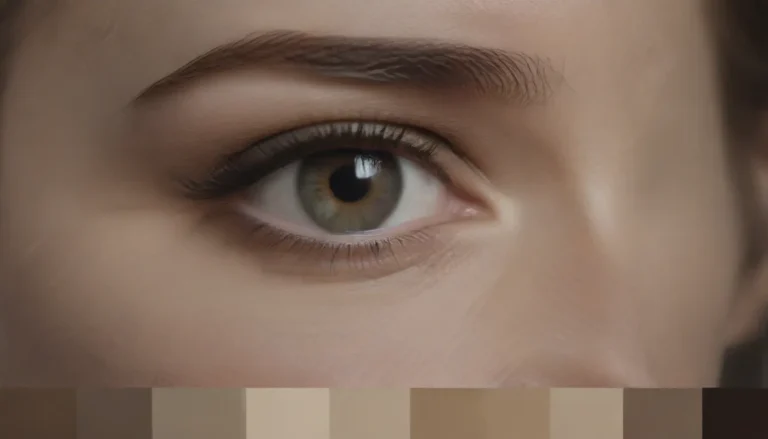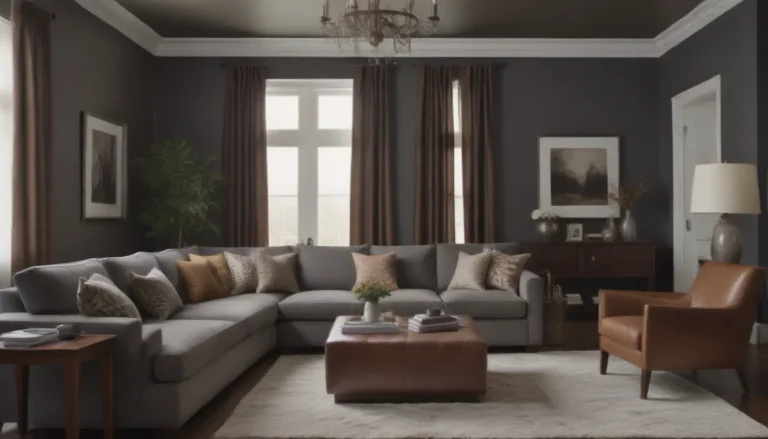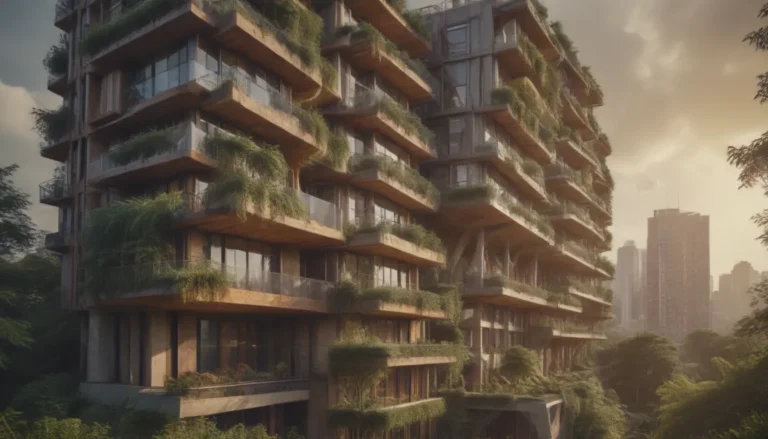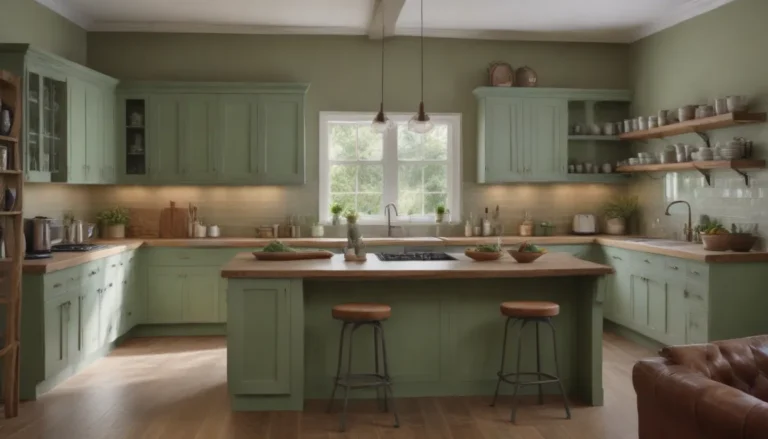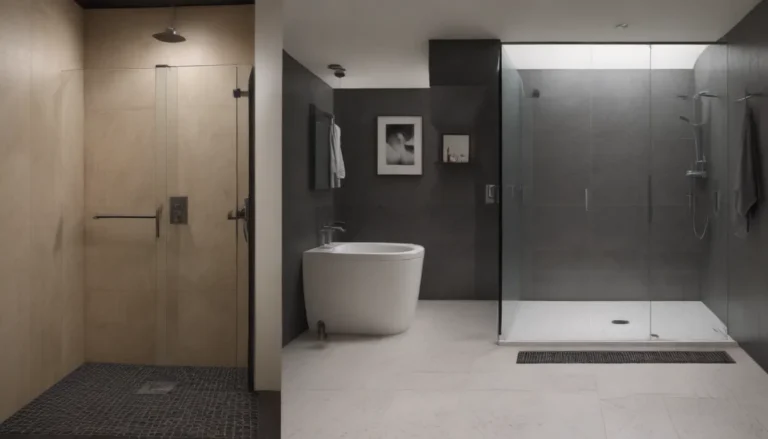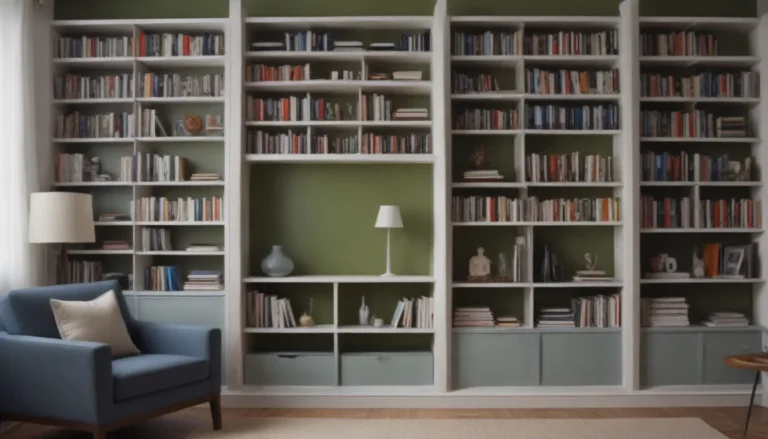The Ultimate Guide to Carpet Types: Fiber and Pile Explained
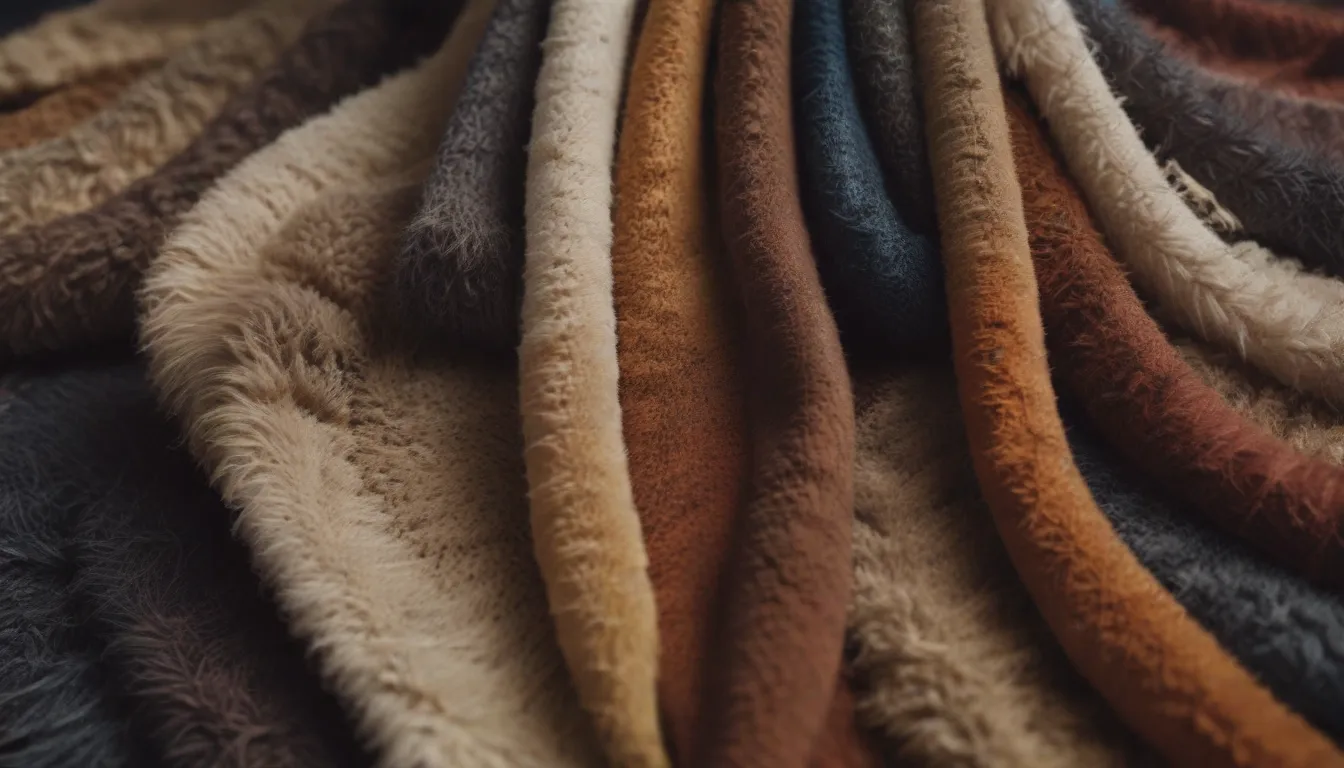
When it comes to choosing the right carpet for your home or business, the options can be overwhelming. From different types of fiber to various pile styles, there are a lot of factors to consider. Understanding the terminology and characteristics of carpeting can help you make an informed decision that meets your needs and preferences. In this comprehensive guide, we will explore the different types of carpet fibers and pile options available in the market today. Let’s dive in!
Understanding Carpet Terminology
Before we delve into the details of carpet fibers and pile styles, let’s familiarize ourselves with some key terms associated with carpeting:
– Fiber: The material used to construct the carpet.
– Pile: Refers to how the loops of fiber are attached to the carpet backing.
– Density: The amount of fiber in the carpet per square yard.
– Pad: The cushioning placed beneath the carpet for support and comfort.
Knowing these terms will make it easier to navigate the world of carpet options and make an informed decision when choosing the right carpet for your space.
Types of Carpet Fibers
Carpet fibers play a critical role in determining the durability, comfort, and overall performance of your carpet. Here are some common types of carpet fibers to consider:
1. Nylon
Nylon is a popular carpet fiber known for its softness, durability, and resistance to stains and abrasion. It is one of the most widely used synthetic fibers in carpets due to its longevity and easy maintenance. Nylon carpets are affordably priced and can last for 12 to 15 years with proper care.
2. Polypropylene (Olefin)
Polypropylene is another synthetic carpet fiber that is soft and resistant to stains. While it is not as resilient as nylon, polypropylene is easy to clean and is commonly used in loop-style carpets, such as Berbers. It is slightly less expensive than nylon but more than polyester and acrylic.
3. Polyester
Polyester carpets are valued for their vibrant, fade-resistant colors and hypoallergenic properties. Some polyester carpets are made from recycled plastic bottles, making them eco-friendly. However, polyester is prone to flattening under weight and oil stains, making it less suitable for high-traffic areas.
4. Acrylic
Acrylic carpets are marketed as “synthetic wool” due to their resemblance to wool at a lower cost. Acrylic fibers have good resistance to static electricity, moisture, fading, and staining. However, they are not as durable as other fibers and are best suited for low-traffic areas.
5. Wool
Wool is a natural, luxurious carpet fiber known for its softness and durability. While high-grade wool is expensive, it is a premium choice for those seeking a luxurious feel. Wool is also hypoallergenic and eco-friendly, making it a popular option for allergy sufferers.
Exploring Carpet Pile Options
Carpet pile refers to how the loops of fiber are attached to the carpet backing, influencing the comfort, appearance, and durability of the carpet. Here are some common carpet pile options to consider:
Loop Pile
Loop pile, also known as uncut pile or Berber pile, leaves the yarn loops intact on the carpet’s surface. These carpets are highly durable and stain-resistant, making them ideal for high-traffic areas. Loop pile carpets do not show footprints or vacuum marks easily but can be a snagging hazard for pets and children.
Cut Pile
Cut pile carpets have the fiber loops sheared off, creating a softer and more inviting surface. Cut pile carpets come in various styles, lengths, and thicknesses, offering versatility in design and comfort. However, cut pile carpets are not as durable as loop pile and may need more frequent replacement.
Saxony Cut
Saxony cut pile carpets have short, dense fibers that stand straight up to create a plush, fuzzy surface. While soft and luxurious, saxony carpets are prone to crushing underfoot and may show wear and tear more easily. They are best suited for low-traffic areas like formal living rooms.
Plush Pile
Plush pile, also known as velvet-cut pile, features densely packed, short fibers for a rich and luxurious carpet surface. However, plush pile carpets are susceptible to wear, scuffing, and showing footprints, making them better suited for low-traffic settings.
Textured Cut
Textured cut pile carpets have uneven fiber lengths twisted into spiral strands, creating a trackless surface that hides footprints and marks. This style is suitable for mid- to high-traffic areas where durability and appearance are important.
Frieze-Cut Pile
Frieze-cut pile carpets have long cut fibers twisted and kinked to create a textured, durable surface that hides dirt and wear. This style is ideal for high-traffic and commercial settings where performance is a priority.
Sculpted Pile
Sculptured carpets combine looped and cut-pile fibers to create height and texture variations on the carpet’s surface. These carpets, also known as cut-and-loop or patterned carpets, offer a three-dimensional design element that adds visual interest to the space.
Choosing the Right Carpet Padding
Carpet padding is essential for prolonging the lifespan and performance of your carpet. The type of padding you choose can impact the comfort, durability, and overall quality of your carpet. Here are some considerations when selecting carpet padding:
– Choose a padding that is appropriate for your carpet type and style.
– Consider the thickness, density, and material of the padding for optimal support and comfort.
– Ensure the padding is properly installed to prevent issues like wrinkling, buckling, and premature wear of the carpet.
Investing in high-quality padding can significantly enhance the performance and longevity of your carpet, so take the time to select the right padding for your specific needs.
Conclusion
Understanding the types of carpet fibers and pile options available can help you make an informed decision when selecting carpeting for your space. By considering the characteristics, benefits, and drawbacks of each fiber and pile style, you can choose a carpet that meets your requirements and preferences. Whether you prioritize durability, comfort, or design, there is a wide range of carpet options available to suit your needs. Remember to consider factors like traffic levels, maintenance requirements, and budget when selecting the perfect carpet for your home or business.
By exploring the nuances of carpet terminology, fiber types, pile styles, and padding options, you can confidently navigate the world of carpeting and make a decision that enhances the aesthetic and functionality of your space. Choose wisely, and enjoy the comfort and beauty of your new carpet for years to come!
